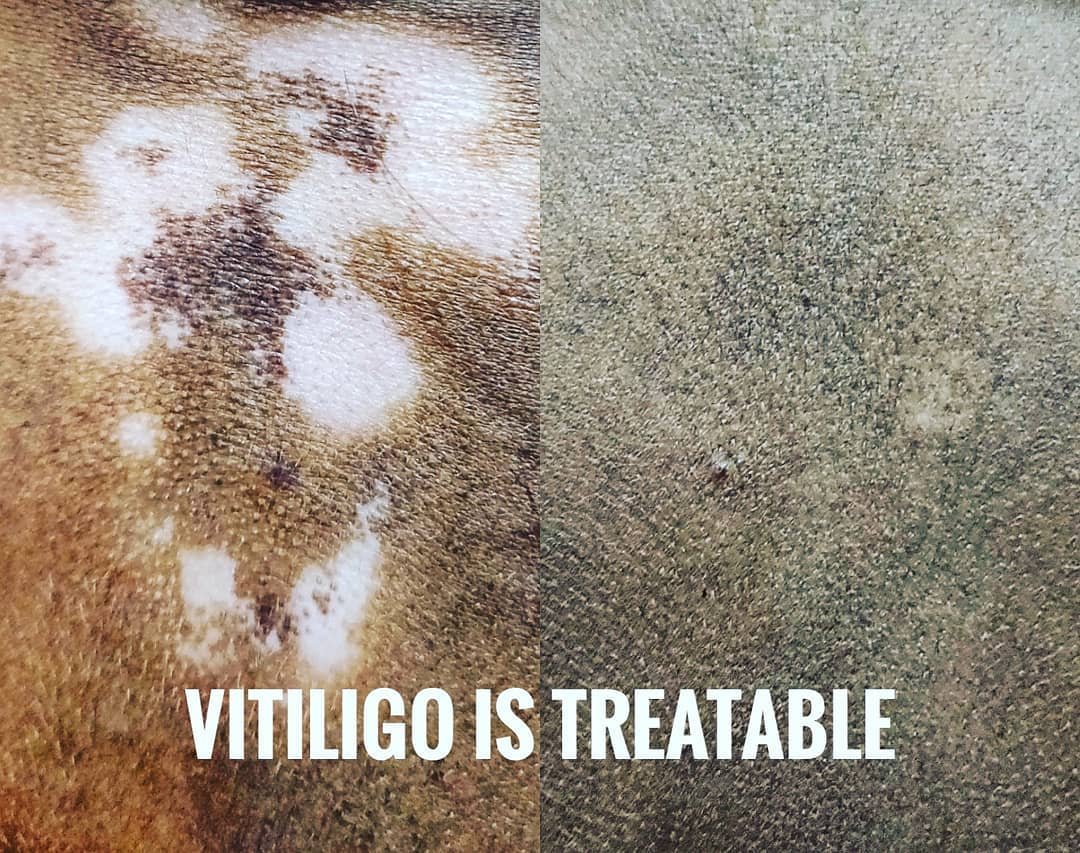- +91 7289828860
- contactwithskinstitute@gmail.com
- Nayapalli, Bhubaneswar-751015
- Home
- About Us
- Services
- Aesthetic Treatments in Bhubaneswar
- Botox Treatment
- Microbotox Treatment
- Hydrafacial Treatment
- Dark Circle Treatment
- Glutathione Treatment
- Thread Lift
- Vampire Lift
- Platelet Rich Plasma
- Chemical Peeling Treatment
- Micro Needling Treatment
- Low Level Laser Therapy With Face Mask
- Double Chin Reduction
- Dermal Fillers
- Exosomes Treatment
- Skin Booster Treatment
- Dermatosurgery Services in Bhubaneswar
- Clinical Dermatology
- Laser Skin Treatments in Bhubaneswar
- Trichology
- Venereology Treatment In Bhubaneswar
- Aesthetic Treatments in Bhubaneswar
- Gallery
- Blog
- Testimonials
- Home
- About Us
- Services
- Aesthetic Treatments in Bhubaneswar
- Botox Treatment
- Microbotox Treatment
- Hydrafacial Treatment
- Dark Circle Treatment
- Glutathione Treatment
- Thread Lift
- Vampire Lift
- Platelet Rich Plasma
- Chemical Peeling Treatment
- Micro Needling Treatment
- Low Level Laser Therapy With Face Mask
- Double Chin Reduction
- Dermal Fillers
- Exosomes Treatment
- Skin Booster Treatment
- Dermatosurgery Services in Bhubaneswar
- Clinical Dermatology
- Laser Skin Treatments in Bhubaneswar
- Trichology
- Venereology Treatment In Bhubaneswar
- Gallery
- Blog
- Testimonials
CONTACT US
- +91 7289828860
- Nayapalli, Bhubaneswar-751015
- contact@theskinstitute.in
White patches or depigmentation are the outcome of vitiligo, a persistent skin disorder marked by pigment loss in specific skin areas. Although the precise etiology of vitiligo remains unclear, it is thought to be the result of an autoimmune process in which the immune system of the body unintentionally targets and kills melanocytes, the cells that give skin its pigment.
Common Presentation:
The appearance of white patches on the skin, which can vary in size and position, is the most obvious sign of vitiligo. These patches may eventually enlarge and frequently show up symmetrically on both sides of the body. Although vitiligo patches can appear anywhere on the body, they are most frequently observed on parts of the body that are exposed to sunlight, such as the hands, feet, face, and genitalia. Vitiligo can damage mucous membranes, including the tissue lining the interior of the mouth and the lips, in addition to the skin.
Treatment Options:
Although there isn’t a cure for vitiligo, there are a few treatments that can help control the illness and enhance the appearance of depigmented areas:
1. Topical Corticosteroids:
Because topical corticosteroid ointments and creams reduce inflammation and suppress the immune system, they are commonly used to assist vitiligo patients repigment their skin.
2. Topical Calcineurin Inhibitors:
When treating vitiligo, calcineurin inhibitors like tacrolimus and pimecrolimus may be used instead of corticosteroids, especially in sensitive skin areas like the face and genitalia.
3. Phototherapy:
Phototherapy involves exposing the skin to ultraviolet (UV) light, either through narrowband UVB therapy or psoralen plus ultraviolet A (PUVA) therapy. These treatments stimulate melanocyte activity and promote repigmentation of vitiligo patches.
4. Depigmentation:
In cases where vitiligo affects a large portion of the body, depigmentation therapy may be an option to lighten the remaining pigmented skin, creating a more uniform appearance.
5. Surgical Options:
If vitiligo is stable and no other therapies have worked, surgical techniques such as autologous skin grafting, melanocyte transplantation, and micro pigmentation (tattooing) may be an option.
It’s vital to remember that the location of vitiligo patches, the degree of depigmentation, and each patient’s reaction to medication can all affect how effective vitiligo treatment is. Furthermore, in conjunction with a dermatologist or other healthcare professional, the course of treatment may need to be customized to meet the unique requirements and preferences of each individual.




